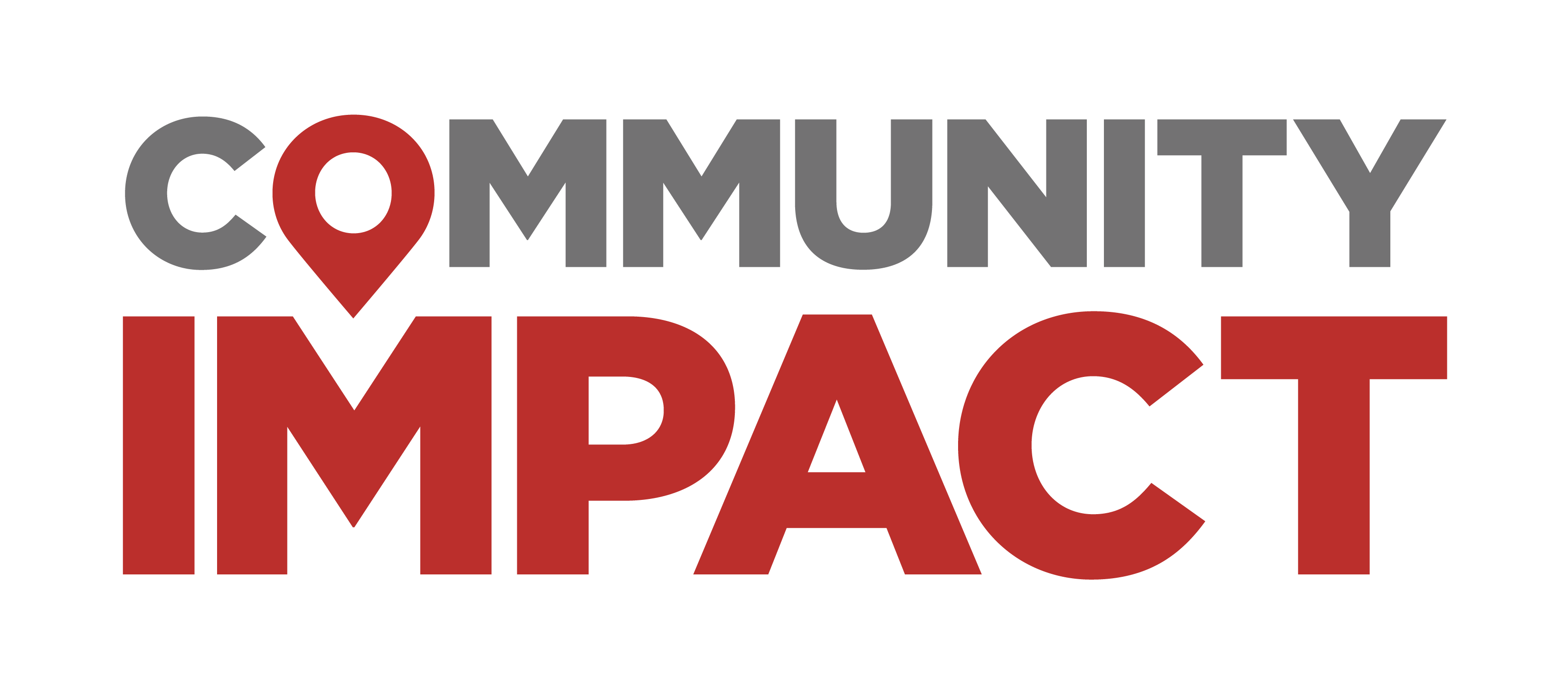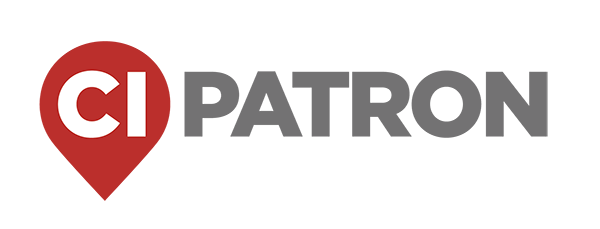“This is a big project for the city,” Keller Mayor Armin Mizani said at the meeting.
The details
The road project runs from US 377 to Bourland Road and aims to alleviate traffic congestion.
The project initially included a four-lane divided roadway, but based on community input, it was changed to include a three-lane undivided roadway with a roundabout at Bourland Road, Liñán said.
The speed on the road was recently changed by council action from 40 miles per hour to 35 miles per hour to accommodate the project’s design.
The total cost is $13.8 million for the project, with the first phase costing $9.3 million, according to previous Community Impact reporting. These costs could change based on further conversations about various design elements as different designs have come with different price tags.
The project is expected to be funded through a combination of general fund and roadway impact fees.
What else?
Concerns were raised about traffic volumes, where drainage would go and maintaining the neighborhood feel of the area. As a result, the scope of the project was reduced. Now, the impacts to the right-of-way and local residents will be minimized.
Additionally, the current design connects sidewalks on the south side of the road and avoids impacts to trails on the north side. Drainage for the project will also be put underground, Liñán said.
The Mt. Gilead Road project still impacts two residents’ properties, but Liñán said city officials are working toward accommodations for them.
Some residents at the meeting questioned why a roundabout should be included in the project. Liñán said the city decided against a traffic signal because a roundabout will lead to less traffic delays.
What’s next?
City staff will continue working on the design of the project. Once it’s about 90-95% complete, city officials will host another meeting for residents. Any changes at that point will be difficult and expensive to make, Liñán said.
He anticipates the design of the project could be done by the end of 2025.





